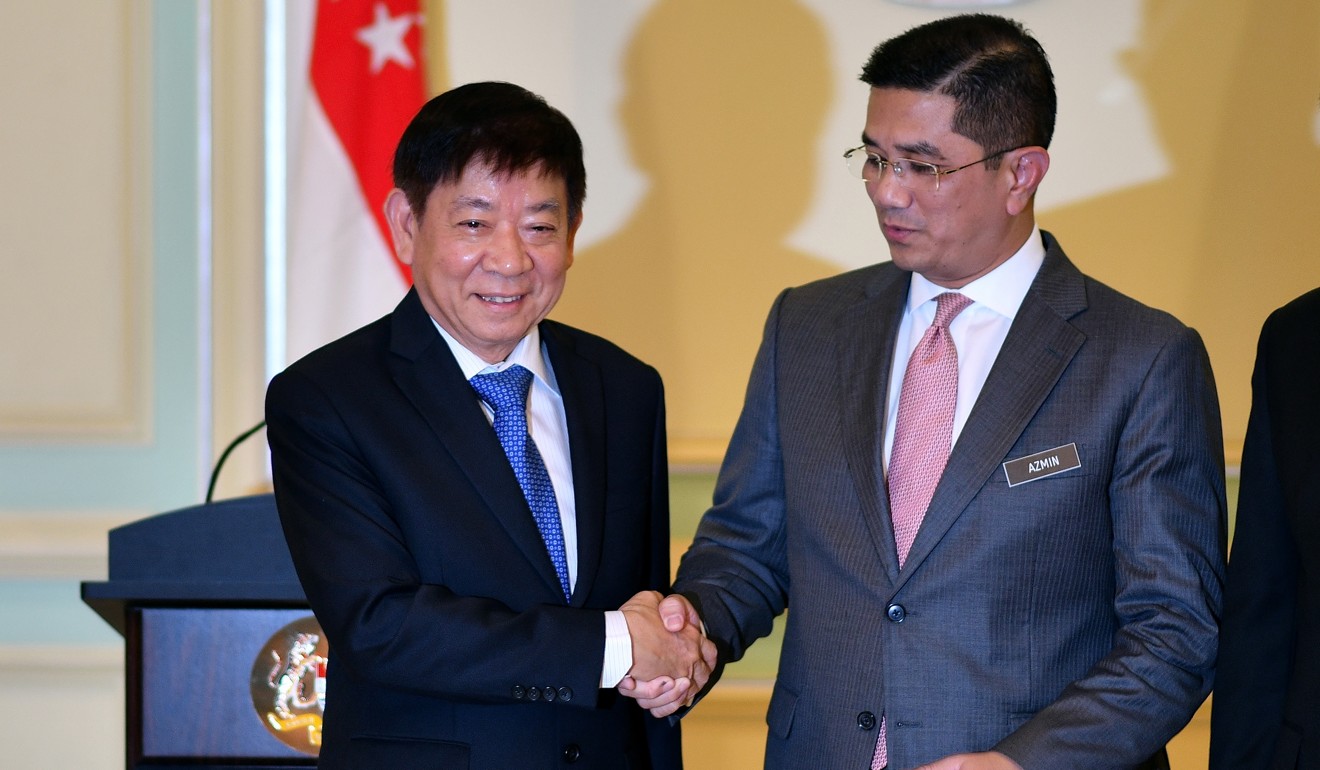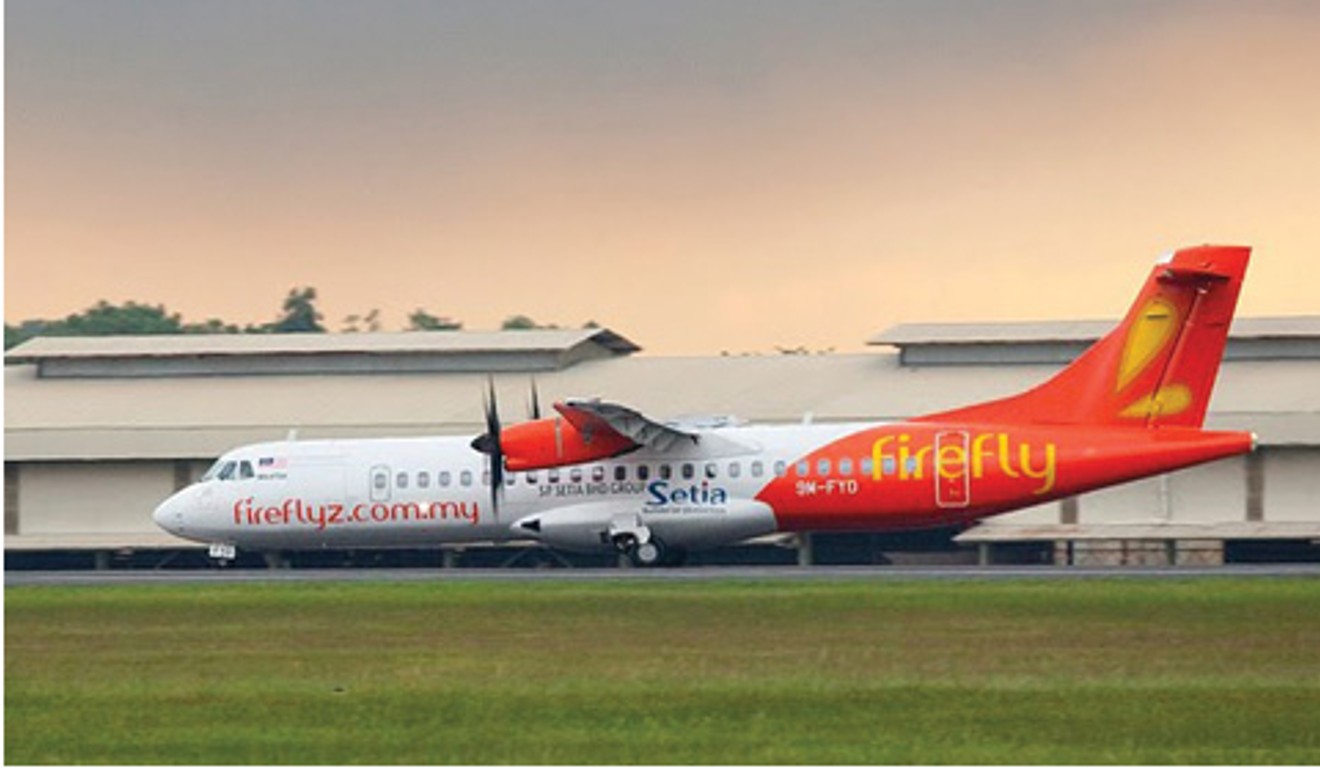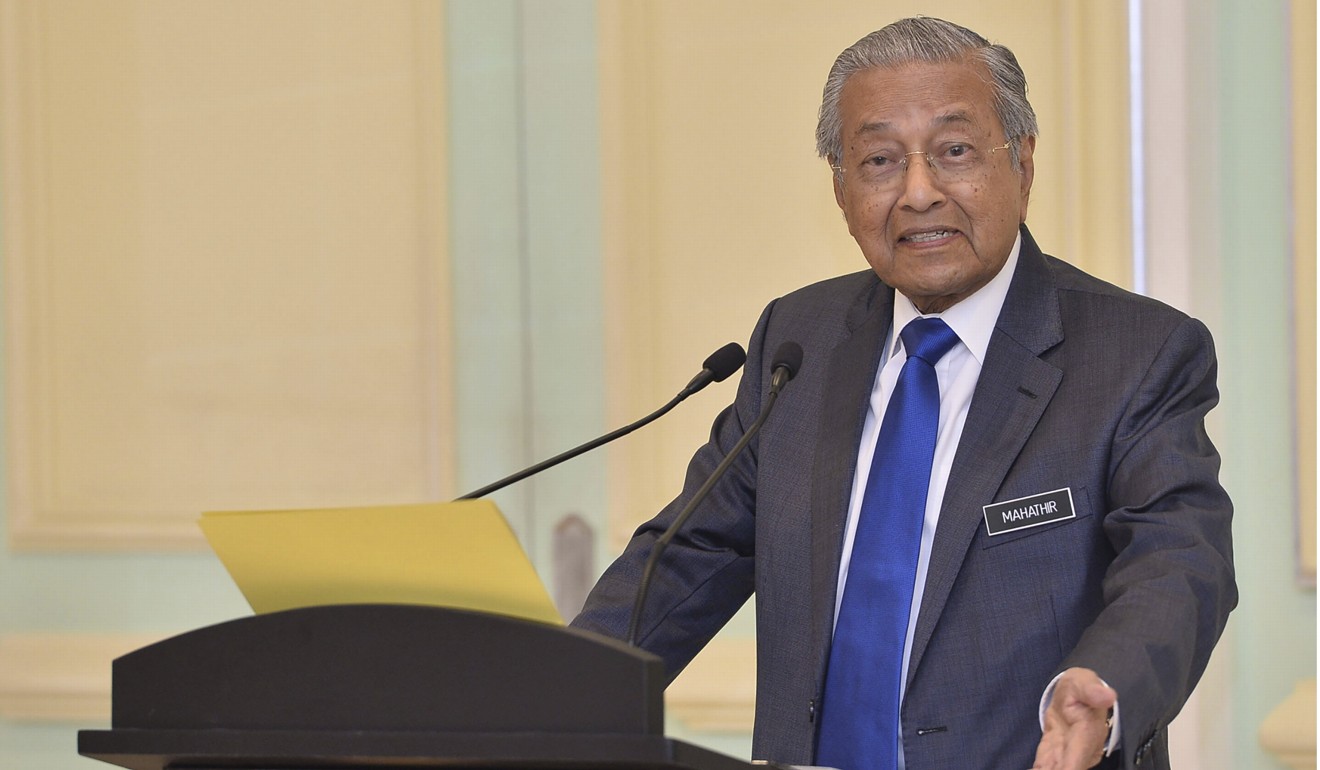
Clearing the air: Singapore and Malaysia end flight route row days before leaders meet
- But water woes remain, with supply and maritime border both on agenda at Monday’s summit in Kuala Lumpur

Malaysia and Singapore have finally ended a squabble over airspace, warming ties just a day before Lion City Prime Minister Lee Hsien Loong arrives in Kuala Lumpur for a leaders’ retreat.
The neighbouring nations’ decision effectively removes two contentious issues over airspace that had both sides trading tough words over the past year while low-cost airline Firefly had to stop flying to Singapore because of restrictions.

In a statement, the two countries’ transport ministers said Singapore agreed to stop using an instrument landing system (ILS) at Seletar Airport. The radar system would have required planes to fly over the southernmost tip of Malaysia’s Johor state during their final approach.
In turn, Malaysia pledged to indefinitely suspend its restrictions over the industrial area of Pasir Gudang, which would prevent Singapore from accessing Malaysian airspace. Malaysia’s initial problems with the ILS, it said in December, was flights would inconvenience residents and limit industrial development.
The agreement on Friday between the civil aviation authorities of both countries means Firefly can resume flights to Seletar from this month.

At the height of the tiff last year, Singapore Transport Minister Khaw Boon Wan accused Malaysia of using a “technical excuse” to change a 1973 airspace agreement, saying his counterpart Anthony Loke provided inaccurate details about the ILS.

Singapore previously insisted an ILS was needed for planes flying in low-visibility conditions because it pinpoints the runway’s position for pilots even when they cannot see it.
When the disagreement over the system became public last year, Singapore released correspondence proving the plan was discussed with Malaysia officials as far back as December 2017, including members of the Pakatan Harapan coalition after it toppled the Barisan Nasional government last May.
But Loke insisted the ILS would prevent construction of high buildings or even cranes being used at Pasir Gudang Port, as the system requires height restrictions in areas surrounding the airport.

Malaysia also said it wanted to take back control of Johor’s airspace, citing sovereignty over Malaysian fly zones which rely on Singapore for air traffic control services.
As a result of the squabble, Malaysian budget carrier Firefly was forced to suspend flights to Singapore in December, after a November decision to switch turboprop traffic to Seletar from Changi.
The suspension reportedly cost Firefly RM20 million (US$4.89 million) a month, a huge blow to its owner, Malaysia Aviation Group.

The quarrel coincided with a maritime border dispute, involving Johor port limits and vessels encroaching on Singapore waters.
While that has been put a hold by returning to an earlier agreement, there is still lingering tension from disagreements about the price of water Malaysia supplies to Singapore, and delays in cross-border transport megaprojects the Kuala Lumpur-Singapore High Speed Rail and Johor Bahru-Singapore Rapid Transport System.
Analyst Mustafa Izzuddin from Singapore’s ISEAS-Yusof Ishak Institute said the aviation decision was “politically opportune and strategically timed”, as it would create a positive and diplomatic climate for the leaders retreat, which begins on Monday.
“This agreement between Malaysia and Singapore also shows that bilateral communication and negotiation remains an effective method of addressing bilateral disputes.”
Malaysia’s Prime Minister Mahathir Mohamad promised all “unresolved” issues will be discussed during the two-day retreat, which was originally slated for last November but postponed.

“The water problem, the border line with our waters, flights over our area, who is going to control it,” Mahathir told local media.
Although Singapore enjoyed friendly ties with Malaysia during now-disgraced former premier Najib Razak, the return of Mahathir last year has seen the relationship turn sour.
Mahathir’s first stint as leader, from 1981 to 2003, was punctuated with arguments over air, land and sea with the nation’s southern neighbour, which was expelled from the Malaysian Federation in 1965.